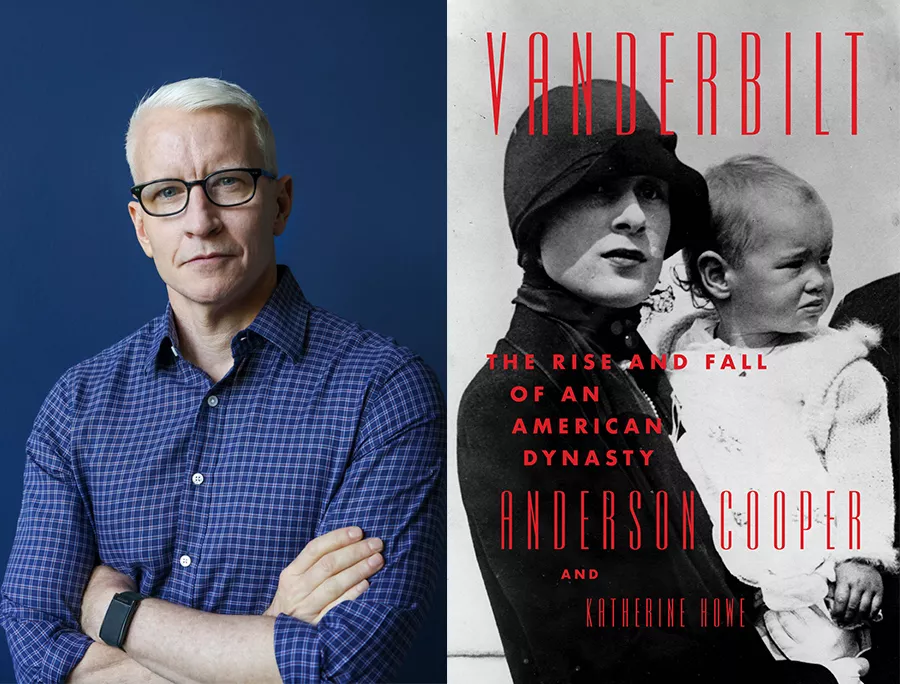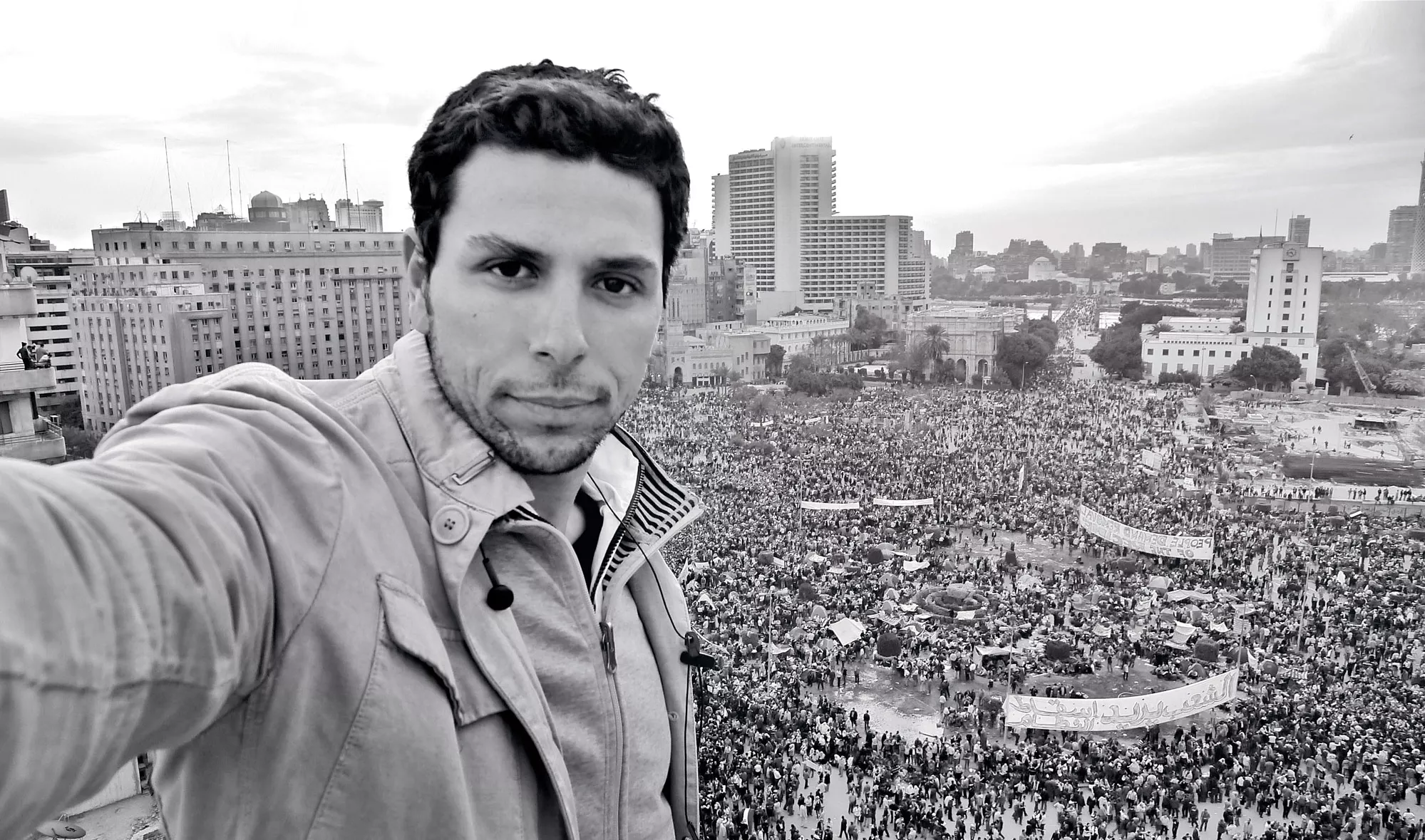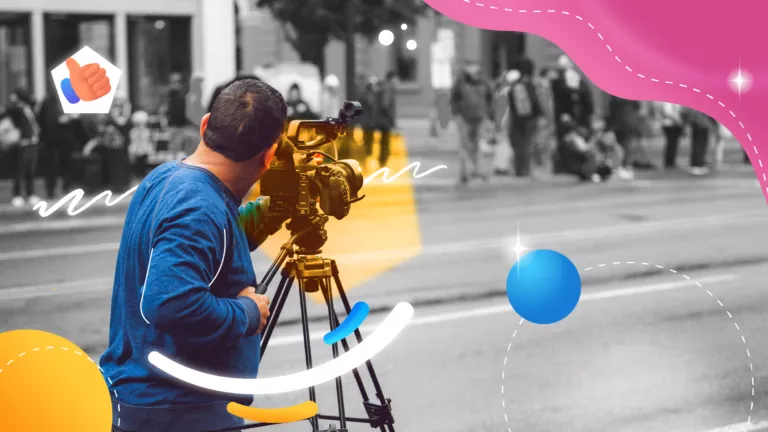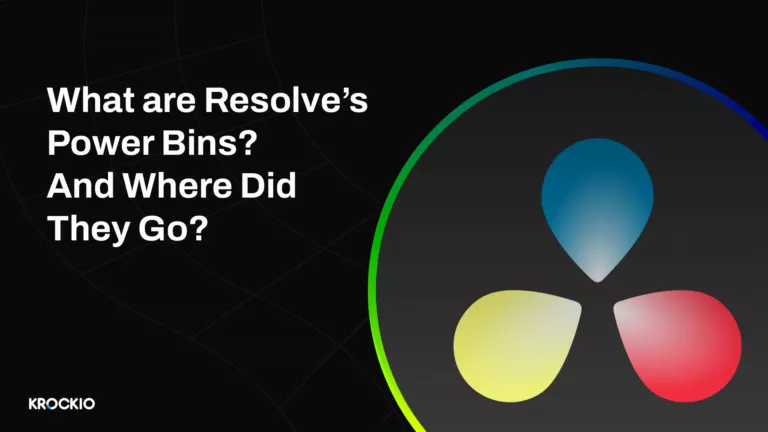The video has emerged as a powerful tool for capturing and disseminating news in the ever-changing landscape of journalism, where information is transmitted at lightning speed and audiences demand real-time updates. The incorporation of video into journalism has transformed the way stories are told, providing viewers with a dynamic and immersive experience. Video production studios have become an essential part of the modern newsroom, capturing breaking news events and providing in-depth analysis.
The advent of technology has played a pivotal role in the rise of video journalism. With the proliferation of smartphones equipped with high-definition cameras and the increasing accessibility of professional-grade video equipment, journalists now have the means to capture compelling visuals wherever they may be. This democratization of video production has empowered journalists to become multimedia storytellers, enhancing their ability to convey stories with impact and authenticity.
One of the key advantages of video in journalism is its ability to capture the immediacy and intensity of a breaking news event. When a major incident occurs, be it a natural disaster, a political upheaval, or a terrorist attack, video footage can transport audiences to the heart of the action. The raw and unfiltered nature of video brings a sense of urgency and reality that written articles or photographs alone cannot convey.
By immersing viewers in the scene, video creates a more visceral and emotional connection, evoking empathy and understanding.
In addition to capturing the moment, the video also offers journalists the opportunity to provide context and analysis. Through interviews, expert commentary, and visual aids, video production studios can create comprehensive news packages that delve deeper into the intricacies of a story. This added layer of information enhances the audience’s understanding of complex issues and fosters informed discussions.
Moreover, video’s ability to combine visuals, audio, and text allows for a more engaging and interactive experience, keeping viewers captivated and informed.
The rise of social media platforms has further amplified the importance of video in journalism. With billions of users worldwide, platforms such as YouTube, Facebook, and Instagram have become indispensable channels for news dissemination. Videos shared on social media can quickly go viral, reaching vast audiences within minutes. This rapid spread of information has both positive and negative implications for journalism.
On one hand, it enables journalists to reach a wider audience and generate public awareness. On the other hand, the unchecked dissemination of unverified or manipulated videos can lead to the spread of misinformation and fake news.
This places a greater responsibility on video production studios and journalists to adhere to strict ethical standards and verify the authenticity of the content they share.
The demand for video content in journalism has also led to the emergence of dedicated video production studios within news organizations. These studios employ a range of professionals, including videographers, video editors, and motion graphics artists, to create high-quality video content that aligns with the organization’s journalistic values and standards.
By having an in-house video production team, news organizations can streamline the production process and ensure consistent quality across their video output. This integration of video production studios within newsrooms has transformed the way news is produced and consumed, with audiences now expecting a multimedia experience that combines text, images, and video.
Another area where video has had a significant impact on journalism is investigative reporting. In-depth investigative pieces often rely on visual evidence to support claims and expose wrongdoing. Video recordings, whether obtained through hidden cameras or leaked footage, can provide irrefutable evidence that adds credibility to a story.
Investigative journalists also utilize video interviews and documentaries to present their findings in a compelling and persuasive manner. By presenting the evidence in a visual format, video adds an extra layer of credibility and engages audiences on a deeper level.
Furthermore, video has become an essential tool in journalism for reaching younger and more visually oriented audiences. In an era of dwindling newspaper subscriptions and changing media consumption habits, news organizations have recognized the need to adapt their content to suit the preferences of younger generations.
Video content, with its dynamic and visually stimulating nature, has proven to be highly effective in attracting and retaining younger viewers. By incorporating video into their reporting, news organizations can remain relevant and engage with a broader demographic.

The Challenges and Ethics of Using Video in Breaking News Reporting
As we said before, the use of video in breaking news reporting presents both challenges and ethical considerations. While video can enhance the immediacy and impact of news coverage, it also introduces risks such as the spread of fake news videos and the need for a robust verification process. Here are some key challenges and ethical considerations when using video in breaking news reporting:
Fake News Videos
The proliferation of video editing tools and social media platforms has made it easier for malicious actors to create and spread manipulated or completely fabricated videos. News organizations face the challenge of verifying the authenticity and accuracy of videos before sharing them with the public. This requires a rigorous fact-checking process to ensure that misleading or false videos are not disseminated as factual news.
Verification Process
Verifying the authenticity of a video in a breaking news situation can be challenging due to the urgency to report quickly. News organizations must establish robust verification protocols and guidelines to assess the credibility of videos before publishing them. This includes cross-referencing with other sources, analyzing metadata, consulting experts, and conducting geolocation analysis to confirm the time, place, and context of the video.
Context and Bias
Videos may lack crucial context, and selective editing can skew the narrative. Journalists must ensure they provide sufficient background information and avoid presenting videos out of context, which can mislead viewers and perpetuate bias. It is essential to consider the broader story and present a balanced view when using video footage in breaking news reporting.
Consent and Privacy
When using video content captured by individuals, journalists must respect the privacy and consent of those involved. Ethical considerations arise when using videos that contain sensitive or distressing content, such as footage from accidents or acts of violence. News organizations should carefully consider the potential harm caused to individuals or communities and exercise discretion when choosing to broadcast or publish such videos.

Sensationalism and Trauma
The use of graphic or disturbing videos in breaking news reporting can lead to sensationalism and potentially re-traumatize victims and witnesses. Journalists must weigh the public’s right to know against the potential harm caused by showing graphic or distressing footage. Sensitivity and empathy should guide the decision-making process when choosing to use such videos.
Accuracy and Misrepresentation
Video can be a powerful medium for storytelling, but it can also be prone to misinterpretation or misrepresentation. Journalists must be cautious not to manipulate or selectively edit video content in a way that distorts the truth or misleads the audience. Transparent and accurate reporting is crucial to maintaining the public’s trust.
Attribution and Copyright
News organizations should properly attribute and credit the source of the video whenever possible. It is essential to respect copyright laws and seek permission when using third-party videos. The unauthorized use of copyrighted videos can lead to legal issues and undermine the credibility of the news organization.
World’s Most Famous Video Journalists
Anderson Cooper
Anderson Cooper is an American journalist and television personality. He gained fame as a CNN anchor and correspondent, known for his coverage of major events, including natural disasters, wars, and political crises.

Ayman Mohyeldin
Ayman Mohyeldin is an Egyptian-American journalist and correspondent for NBC News. He has reported from conflict zones and has covered major events such as the Arab Spring and the Israeli-Palestinian conflict.

Jon Stewart
Jon Stewart is an American comedian, writer, producer, and former host of “The Daily Show.” While primarily known for his comedic commentary, Stewart’s satirical news coverage and interviews have had a significant impact on political and social discourse.

Marie Colvin
Marie Colvin was an American journalist who worked as a foreign correspondent for The Sunday Times. She reported from conflict zones and was known for her fearless and dedicated reporting, often putting herself in dangerous situations to bring attention to humanitarian crises.

Conclusion
The video has become an indispensable tool in modern journalism, revolutionizing the way news is reported and consumed. Its ability to capture the intensity of breaking news events, provide context and analysis, and engage audiences on a deeper level has transformed the way stories are told. Video production studios play a vital role in empowering journalists to harness the power of video and deliver impactful news content.
However, as with any powerful tool, it is crucial to approach video journalism with integrity, responsibility, and a commitment to upholding the highest journalistic standards. By doing so, the video will continue to shape the future of journalism, ensuring that breaking news is not only reported but experienced firsthand by audiences around the world.









